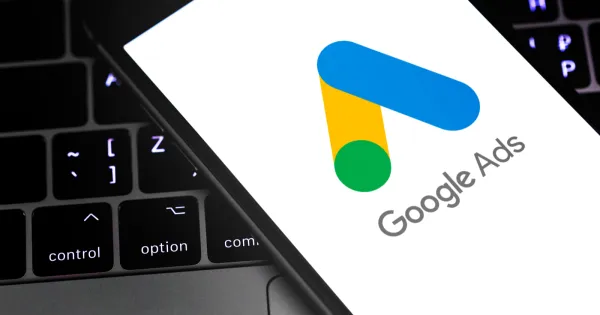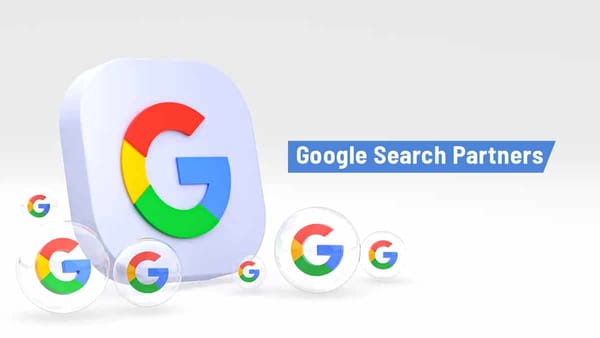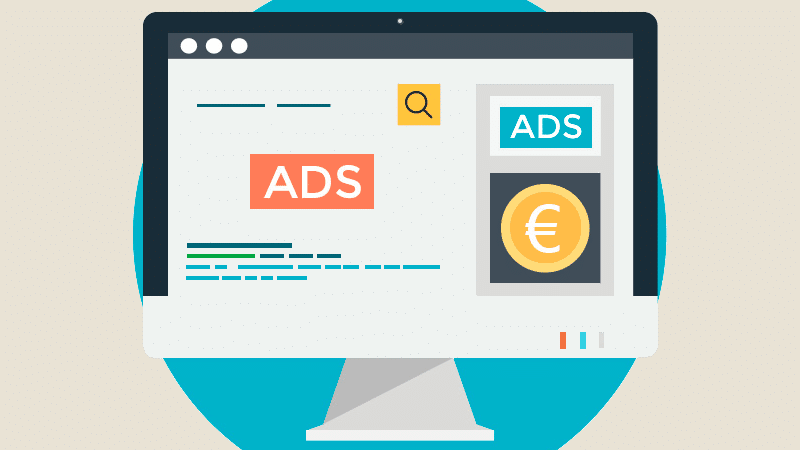How Google Ads Work: A Beginner’s Guide to Paid Advertising

Introduction
In today’s digital landscape, businesses need effective ways to reach potential customers online. One of the most powerful tools for achieving this is Google Ads, a pay-per-click (PPC) advertising platform that helps businesses place ads on Google’s search engine results pages (SERPs), YouTube, and across millions of websites.
But how exactly does Google Ads work? Whether you're a business owner, marketer, or entrepreneur, understanding the fundamentals of Google Ads can help you leverage the platform for maximum results. This guide will break down how Google Ads operate, the different types of ads, the bidding process, and tips to get the best return on investment (ROI).
What Is Google Ads?
Google Ads (formerly Google AdWords) is an online advertising platform developed by Google that allows businesses to bid on keywords and display ads on Google’s search results, websites, and apps.
Unlike traditional advertising, where you pay a fixed price for ad placement, Google Ads operates on a pay-per-click (PPC) model, meaning you only pay when someone clicks on your ad. This makes it one of the most cost-effective ways to advertise online, as you’re only spending money when a user takes action.
How Google Ads Work: Step-by-Step Breakdown
1. Setting Up a Google Ads Campaign
To get started, businesses need to create a Google Ads account and launch an ad campaign. A campaign consists of various settings that define how your ads will run, including budget, audience targeting, keywords, and bidding strategy.
2. Choosing a Campaign Type
Google Ads offers several campaign types, each suited for different marketing goals:
- Search Ads – Text ads that appear on Google search results when users search for relevant keywords.
- Display Ads – Visual ads (banners) shown on websites within Google’s Display Network.
- Shopping Ads – Product ads with images and prices that appear on Google Shopping and search results.
- Video Ads – Video advertisements that play on YouTube.
- App Ads – Ads designed to promote mobile app downloads.
Each campaign type serves a different purpose. For example, if you want to attract users actively searching for your product or service, a Search Ads campaign would be the best option.
3. Selecting Keywords for Ads
Google Ads relies on keywords to match user searches with relevant ads. Advertisers select keywords that they believe their target audience is searching for.
For example, a bakery wanting to attract customers might bid on keywords like "best bakery near me" or "buy fresh cakes online".
Google offers Keyword Planner, a free tool to help advertisers find the best keywords based on search volume and competition.
4. Bidding & Ad Auction
Once keywords are selected, businesses must set a bid—the maximum amount they’re willing to pay per click. Google Ads operates on an auction-based system, where advertisers compete for ad placements.
However, the highest bid does not always win. Google uses Ad Rank, which is based on:
- Bid Amount – The maximum amount you’re willing to pay per click.
- Quality Score – A score (1-10) based on ad relevance, expected click-through rate (CTR), and landing page experience.
- Ad Extensions – Additional information, like phone numbers or links, that improve ad visibility.
Google balances bid price and ad quality to determine which ads appear at the top of search results.
5. Paying for Clicks (Pay-Per-Click Model)
Unlike traditional ads where you pay upfront, Google Ads follows a pay-per-click (PPC) model. This means you only pay when someone clicks on your ad. Costs per click (CPC) vary based on keyword competition and industry.
For example:
- A local bakery may pay $0.50 per click.
- A law firm in a competitive market may pay $20 per click.
6. Directing Users to Landing Pages
Once a user clicks on your ad, they are directed to a landing page—a dedicated webpage designed to convert visitors into leads or customers.
A high-converting landing page should have:
- A clear call-to-action (CTA) (e.g., “Buy Now” or “Get a Free Quote”).
- Fast loading speed to prevent visitors from leaving.
- Mobile-friendly design for better user experience.
7. Tracking and Optimizing Performance
Google Ads provides detailed analytics to measure ad performance. Advertisers can track:
- Clicks – Number of users who clicked on the ad.
- Impressions – How many times the ad was shown.
- Click-through rate (CTR) – Percentage of people who clicked after seeing the ad.
- Conversions – How many users completed a desired action (e.g., purchase, sign-up).
By continuously analyzing and optimizing campaigns, advertisers can improve ROI and reduce wasted spending.
Benefits of Using Google Ads
✅ Instant Visibility – Your business appears at the top of search results within hours.
✅ Highly Targeted – Reach specific audiences based on keywords, location, and demographics.
✅ Budget Control – Set daily budgets and adjust bids at any time.
✅ Measurable ROI – Track performance and optimize for better results.
✅ Scalability – Increase ad spend as your business grows.
Common Mistakes to Avoid in Google Ads
While Google Ads can be highly effective, mistakes can lead to wasted budget and poor results. Some common errors include:
🚫 Not using negative keywords – This leads to irrelevant clicks and wasted ad spend.
🚫 Targeting too broad an audience – Ads may appear for the wrong people, reducing conversion rates.
🚫 Ignoring Quality Score – Low-quality ads get lower rankings and cost more per click.
🚫 Not optimizing landing pages – A poorly designed landing page can drive potential customers away.
🚫 Not tracking conversions – Without tracking, you won’t know if your ads are profitable.
Tips to Run a Successful Google Ads Campaign
To get the best results from Google Ads, follow these best practices:
✔ Perform Keyword Research – Use tools like Google Keyword Planner to find high-converting keywords.
✔ Write Compelling Ad Copy – Highlight unique selling points (USPs) and include a strong CTA.
✔ Use Ad Extensions – Enhance ads with sitelinks, call buttons, and other extensions.
✔ Optimize Landing Pages – Ensure fast loading speed, clear messaging, and mobile-friendliness.
✔ Monitor & Adjust Campaigns Regularly – Track performance and make improvements over time.
Conclusion
Google Ads is one of the most effective digital marketing strategies when used correctly. By leveraging keyword targeting, PPC bidding, and campaign optimization, businesses can drive high-quality traffic and conversions.
However, success with Google Ads requires strategy, continuous monitoring, and testing. If done right, it can become a profitable and scalable advertising method for businesses of all sizes.
Whether you're running a small business, e-commerce store, or service-based company, Google Ads can help you reach the right audience and grow your revenue.




